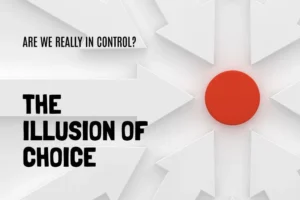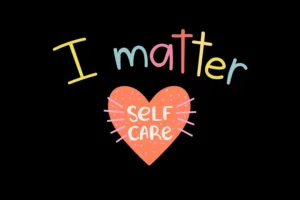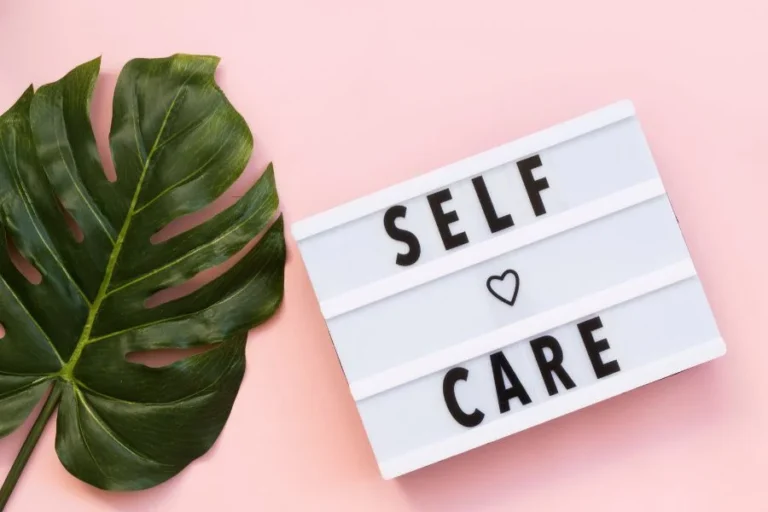It can be challenging to determine whether a relationship is heading towards a rocky terrain, and this is where signs come in handy. These subtle signs are sometimes called ‘yellow flags in a relationship.’ Unlike red flags, which warn of serious problems, yellow flags can be considered mild but still significant. Thus, if you pay attention to the yellow flags, you are likely to prevent issues from becoming severe.
In this article, you will find out what yellow flags in a relationship are, how they are different from red and green flags in a relationship, and why it is essential to pay attention to them. Well, do not panic here. By the end of it all, you will be fully equipped to handle such incidences and protect the relationship. Do not worry because knowing these aspects will help you to improve your relationship harmony and relationship satisfaction.
Table of Contents
Yellow Flag Meaning in Relationship
Red flags are clear signs of incompatibility, emotional unavailability and dishonesty while yellow flags are more delicate. They show problems that may not cause immediate danger but may escalate over time. While red flags are evident and pressing to address, yellow flags imply careful analysis and potential issues to be aware of. They can show that partners expect different things, have different ways of communicating, or experience small compatibility issues.
Related reading: Signs That He Is Obsessed with You: 15 Red Flags
The Significance of Noticing Yellow Flags in a Relationship.
Knowledge of yellow flags can help avoid relationship tension in the future. It enables couples to discuss issues even before they turn into serious problems. Thus, by focusing on these signs, partners can come to open communication.
This can lead to values alignment and improved understanding of one another and, therefore, enhance emotional connection. If yellow flags in a relationship are not addressed, they may linger and become a source of unhappiness or instability in the long term.
10 Yellow Flags in a Relationship
Below, we will discuss ten yellow flags in a relationship:
Dissimilar Communication Styles
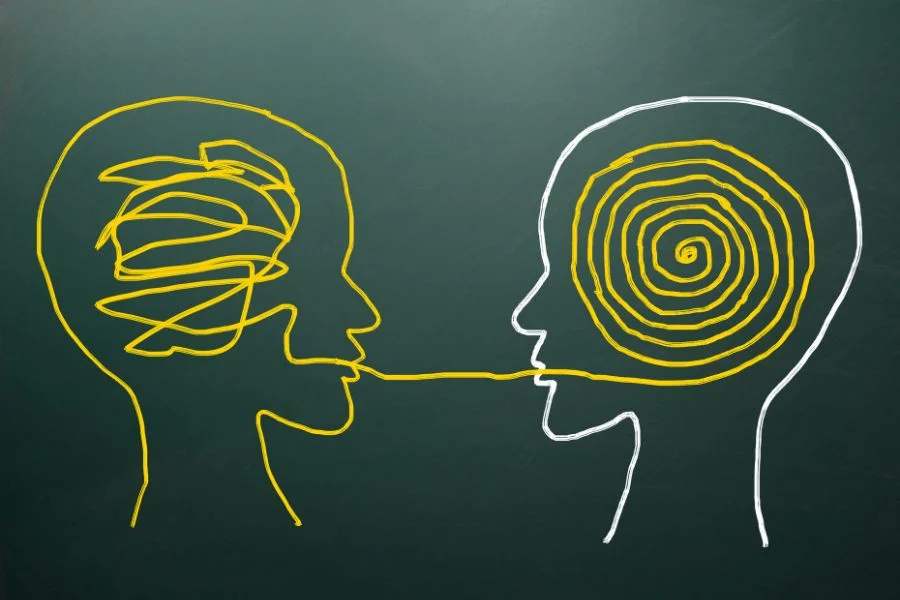
The most significant component of any relationship is communication. Partners can also adopt different approaches to work, which may cause conflict. For example, one may like using text, while the other likes face-to-face conversations. Such differences lead to frustration and misunderstanding. Such differences should be identified as soon as possible and a compromise reached.
For instance, while one person may enjoy receiving long, romantic messages, the other may only text briefly and instead engage in verbal communication. Compromises, such as deciding who should text and when one should call, can help narrow this gap.
Small-Scale Trust Issues
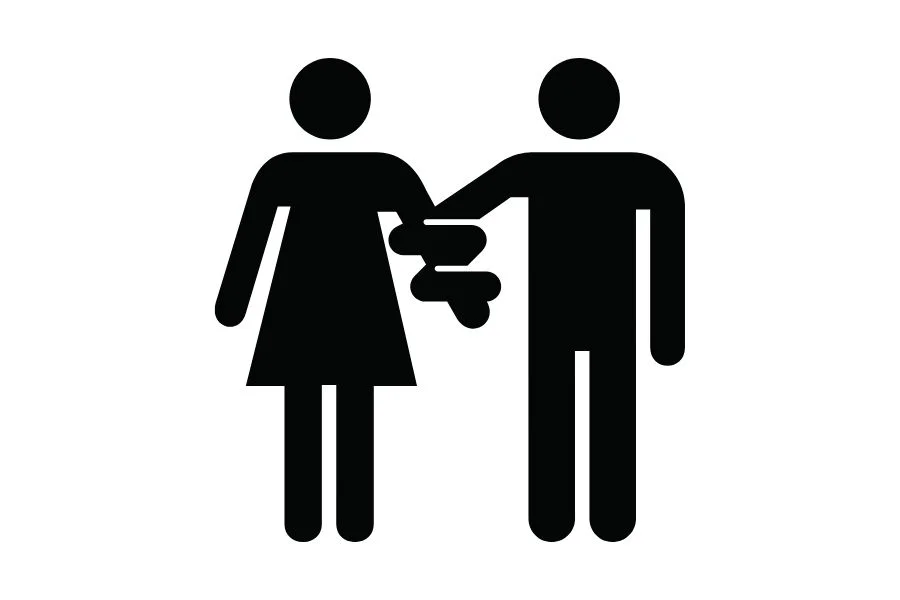
The most crucial element of a relationship is trust. Minor issues, such as jealousy and possessiveness over seemingly innocent friendships, may occur. For instance, being jealous whenever your partner hangs out with friends is likely to result in something worse.
Acknowledging such feelings is helpful in creating a better trust. Minor trust issues, such as wondering why they were slower to respond to a text or message, can gradually chip away at the connection. Sharing such concerns and defining responsibilities assists in strengthening emotional connection.
Differences in Future Plans
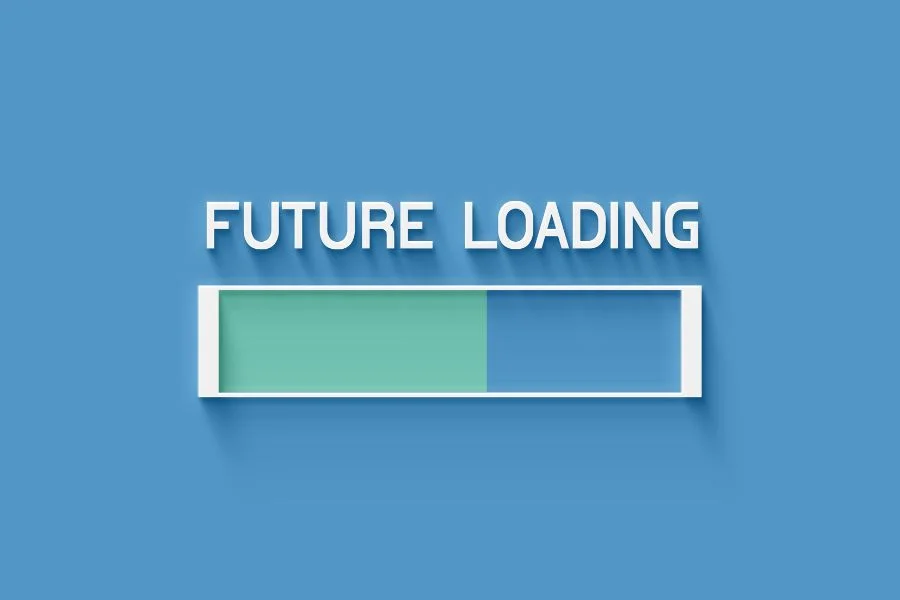
Having different visions for the future is a highly significant yellow flag. It can cause relationship tension if one wants to live in the city while the other wants to live in a suburban area. One should set goals and objectives beforehand, and it is always better to talk about the goals and objectives in the long run to avoid future misunderstandings.
How about a case where one wants children, and the other does not? This is a core disparity that causes so much stress. Periodic discussions about future plans can help both parties affirm that their goals are aligned.
Inequality of Efforts in the Relationship

Any relationship depends on work and contribution. If one partner puts more effort and time into it than the other, this can lead to resentment. For instance, if one partner always suggests dates while the other appears uninterested, this is a sign of imbalance.
Equal effort helps both partners to feel needed and valued for their participation in the relationship. Eventually, the partner contributing less effort may begin to feel guilty or defensive and pull even further away. They should both feel engaged in the process of maintaining the relationship satisfaction.
Frequently Misunderstood

Misunderstandings occur frequently and put much pressure on a relationship. If simple conversation usually leads to confusion, it may be a sign of something more. For instance, misunderstanding the motives of the other party when engaging in a conversation may lead to relationship tension.
Proper communication patterns can avoid these misunderstandings. However, it could also cause much stress when one of the partners says, “I need some space,” and the other hears, “I don’t want to be with you.” This can be avoided by making affirmations and by trying to understand before responding.
Having Trouble Resolving Conflicts

Every couple faces conflicts. However, the problem lies in the fact that they cannot be settled on friendly terms. If disputes are frequently followed by stonewalling or lingering resentment, there is an issue. For instance, continuously having unresolved problems can lead to long-term resentment.
Think of constantly complaining about who will wash the dishes or take out the garbage but never arriving at a constant decision. Conflict-resolution strategies such as listening and agreeing to compromise are essential when aiming for better long-term relationship experience.
Absence of Emotional intimacy

Intimacy, which includes emotions, is essential in establishing a solid bond. When partners lack close, intimate connections and safety, they experience loneliness. For instance, failure to share personal thoughts and feelings can cause a gap.
Emotional intimacy entails sharing thoughts and feelings and encouraging each other. If one party is unable to share their concerns or goals, it becomes problematic. Being available for each other and listening to each other’s feelings also contribute to relationship harmony and relationship satisfaction.
Related reading: 7 Stages of Emotional Affairs: Insights You Can’t Miss
Privacy Issues

First of all, privacy should be respected at any cost. Problems may occur when one spouse intrudes into the other’s private sphere or insists on being given the password to their companion’s phone or account on any social network. For instance, feeling compelled to read each other’s messages may be viewed as a lack of trust.
It is used to practice professional, healthy relationships that involve trust and respect. If one partner insists on knowing the other partner’s whereabouts or with whom he or she is, it becomes oppressive. Limitation of privacy and adherence to those limitations are essential.
Money-Related Arguments

Finance is a critical area that may cause friction between couples. Opinions on how to spend, save, or handle money can cause conflict. For example, one partner could be a spender while the other partner could be a saver.
Financial responsibilities and plans should also be discussed to avert future conflicts. Conflicts regarding significant expenses, such as a car or a vacation trip, may indicate severe differences in managing money. Several conflicts can be avoided simply by deciding on a household budget and talking about what everybody considers important.
Emotional Volatility or Mood Swings
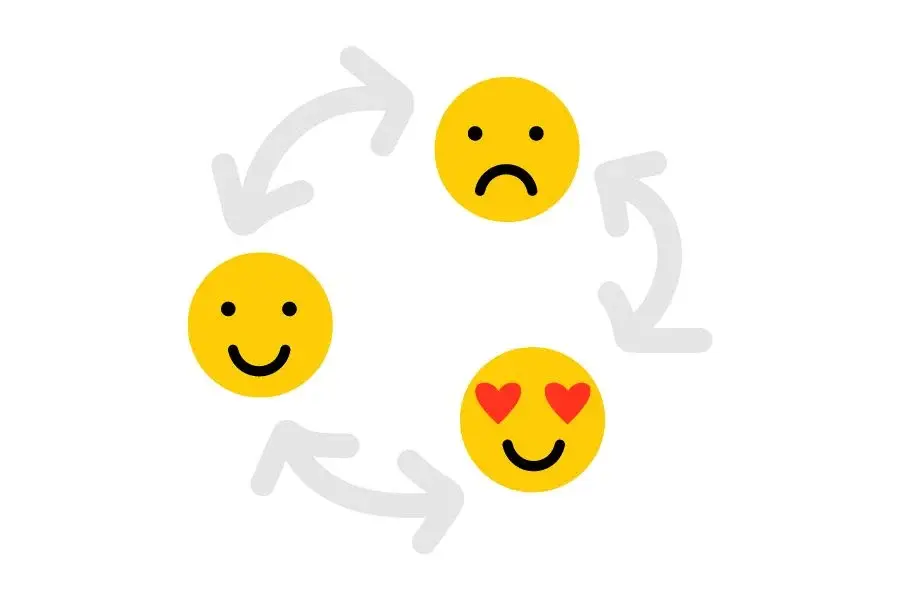
That is why it can be challenging to cope with constant mood changes or behavioral changes. If one of the partners is moody, then situations may become increasingly unpredictable. Uncertainty about how your partner will respond in various circumstances can lead to stress.
It is thus crucial to recognize and manage these emotional dynamics in order to achieve stabilization. If a partner suddenly becomes moody without any actual reason, then it may create a feeling of having to tiptoe all the time. Talking about what causes one or both partners to feel emotional and having a couples therapy when necessary can help make the relationships more stable.
Yellow Flags vs. Red Flags
Here’s a table that highlights five significant variations between yellow and red flags in relationships:
| Aspect | Yellow Flags | Red Flags |
| Severity | Small worries or potential problems. | Severe issues or adverse conduct. |
| Frequency | Rare occurrences. | Regular or enduring actions. |
| Impact on Relationship | Through dialogue, it may be addressed and resolved. | It may result in trauma, emotional distress, and the breakdown of relationships. |
| Examples | Uncertainty and unclear communication. | Control, mistreatment, manipulation, and extreme jealousy. |
| Response Needed | Clear communication, setting limits, monitoring. | Taking prompt action, looking for assistance, and ending the relationship. |
Yellow Flags vs. Green Flags
Here’s a table highlighting five critical differences between yellow and green flags in relationships:
| Aspect | Yellow Flags | Green Flags |
| Communication | Unclear or inconsistent communication patterns. | Transparent, truthful, and open communication patterns. |
| Trust | Sometimes doubtful or not very credible. | Dependable and honest at all times. |
| Respect | Sometimes, dismissive or bad-mannered conduct. | Shows that they are aware of and respectful of how you feel. |
| Boundaries | Occasionally crosses or disregards your boundaries. | Never forget to acknowledge and respect your boundaries. |
| Conflict Resolution | Instead of being resolved, conflicts are ignored or intensified. | Maturely handles issues and looks for solutions. |
How to Spot Yellow Flags in a Relationship?
Take the following steps to identify Yellow Flags in a relationship:
Step 1: Observe Communication Patterns
Please pay attention to how often they interrupt or fail to respond to you. Failure to communicate can indicate other problems.
Step 2: Determine Consistency in Behavior
They may speak one thing but do the opposite, so focus on their behavior. Unpredictability can be viewed as a sign of unfaithfulness.
Step 3: Determine Respect for Boundaries
See whether or not they value your privacy, independence and decision-making process. Non-compliance with the limitations is a significant warning sign.
Step 4: Be Aware of Your Emotional Reactions
Pay particular attention to affective solid responses. Possessing low or high sensitivity to stimuli could imply a lack of stability.
Step 5: Look for Indicators of Control.
Vigilantly note any efforts to dictate your behavior. Such control techniques may become established over time.
Related reading: 14 Signs He’s Obsessed with You in a Good Way – True Love!
How to Deal with Yellow Flags?
Effective Methods for Discussing Yellow Flags With Your Partner
- Use “I” statements: The key here is not to blame but rather to understand how you feel. Replace the words, “You always ignore me,” with “I feel ignored when…”
- Be Specific: Specify any specific behaviors that worry you. Vague complaints can also lead to miscommunications.
- Choose the Right Time: Choose an appropriate time in the day with little or no disturbance to convey the message. Refrain from debating when either of you is stressed or exhausted about essential matters.
- Listen Actively: Let your partner have a chance to express himself/herself. Refrain from interrupting to demonstrate that you respect their opinions and ideas.
Create Healthy Relationship Behaviors
- Practice Active Listening: Listen carefully when your partner is speaking. To show that you are interested, keep nodding and use words of acknowledgment.
- Regular Check-ins: Design time to discuss the health of your relationship. This helps to avoid turning minor faults into significant issues.
- Express Appreciation: Be sure to say thank you to your partner often. The simplest things, like saying thank you or writing a good message, are enough.
- Maintain Mutual Respect: If you do not accept the other person’s opinion, at least respect him or her. Do not make any offensive statements or misuse people’s names.
What to do if Yellow Flags Continue?
- Reassess the Relationship: Reflect on whether the connection is meeting your needs and expectations. Consider the reoccurring difficulties.
- Have an Honest Conversation: Express your worries about the future of the partnership. Be specific about what changes you want to observe.
- Consider Time Apart: Taking a break helps to free your mind. During this period, it is also important to discuss the feelings and process of the relationship.
- Prioritize Well-Being: It is essential always to prioritize your mental and emotional health. Yet, if recurring yellow signals prompt concern, perhaps it is high time to part ways. Just keep in mind that leaving a toxic relationship is an act of self-preservation.
Related reading: 20 Signs He Doesn’t Want You Sexually: What to Do Next?
Conclusion
It is essential to know and understand the yellow flags in a relationship, especially when it comes to building healthy and strong relationships. These indicators, other than the red flags but less than green, show issues that require attention. These include communication problems, trust issues, and differences in expectations concerning the future, which are typical yellow flags that are often disregarded. It is essential to tackle them early so that they do not compound into significant barriers later on.
There is a need to distinguish between yellow flags and red flags. Yellow flags are more of a caution despite being associated with danger. Neglecting them leads to further relational issues and increased stress. These differences should be managed carefully, and discussions should be transparent and considerate.
Pro Tip From Basics of Psychology
Always trust your intuition. If something doesn’t seem quite right, then do not just look the other way and pretend that everything is fine. It is always easier to fix minor problems than wait for them to escalate to unmanageable levels. It is also essential to maintain communication and make sure that both of you are on the same page. All these can go a long way toward proactively bolstering this emotional connection.





